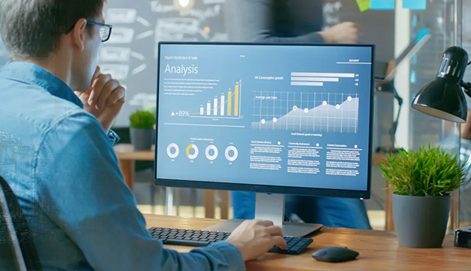
Decision makers must also know
what is NOT a Data cloud
While we understand the Data cloud, it is also essential to understand what a Data cloud isn’t. This is because many other vendors have emerged or have repositioned themselves to be intentionally (due to opportunistic repackaging) or unintendedly (due to feature overlaps) projecting as if they are a Data cloud service provider.
While such intentional attempts are easier to identify, especially for seasoned business leaders, they must also understand the basic feature overlaps between Data cloudand other related technologies.
The basic features fully supported by Data cloud are Data collection, Profile unification, Segmentation, and being Marketer managed. Also, there are limited capabilities existing in Data cloudwith regard to Activation and Real-time decisions. Many of these features coexist in other technologies.
While all the technologies support Data collection, very similar to Data clouds, the Enterprise data warehouses exhaustively support the data collection aspects. Data management platforms, Marketing dashboards, and omni-channel are other technologies that comprehensively support data collection.
Personalization Engines are usually a preferred tech choice when opting for Real-time decisions. They also have extensive support for exclusive Data cloud features like Profile Unification and Segmentation.
Similarly, the omni-channelis a brilliantly packed feature-rich tech, providing good support to Segmentation and is Marketer-managed very similar to the Data clouds. However, unlike a Data cloud, they have excellent Native marketing execution capabilities, a clear differentiator between a Data cloud and omni-channel.
Data management platforms and Identity resolution are other technologies that have confusing overlaps with Data cloud. While the Data management platform has average support for all features, they are primarily known for being a Marketer-managed Real-time decisioning technology.
Similarly, Identity resolution technologies have dominating capabilities on Profile unification and are Marketer-managed, very similar to the Data cloud. However, they have minimal capabilities concerning Data collection and Segmentation, which clearly differentiates them from a Data cloud.
Other than the technologies described above, there are a few more technologies, like Consent and performance management platform, Customer identity and access management, Customer relationship management, Tag management system, Master data management, Digital experience platform, and Voice of the customer that weakly identify with Data cloud, hence are easier to differentiate.
The decision-makers and the Managers in the organization must understand the primary differentiating features of Data cloud and these technologies, thus clearly recognizing what is not a Data cloud.
